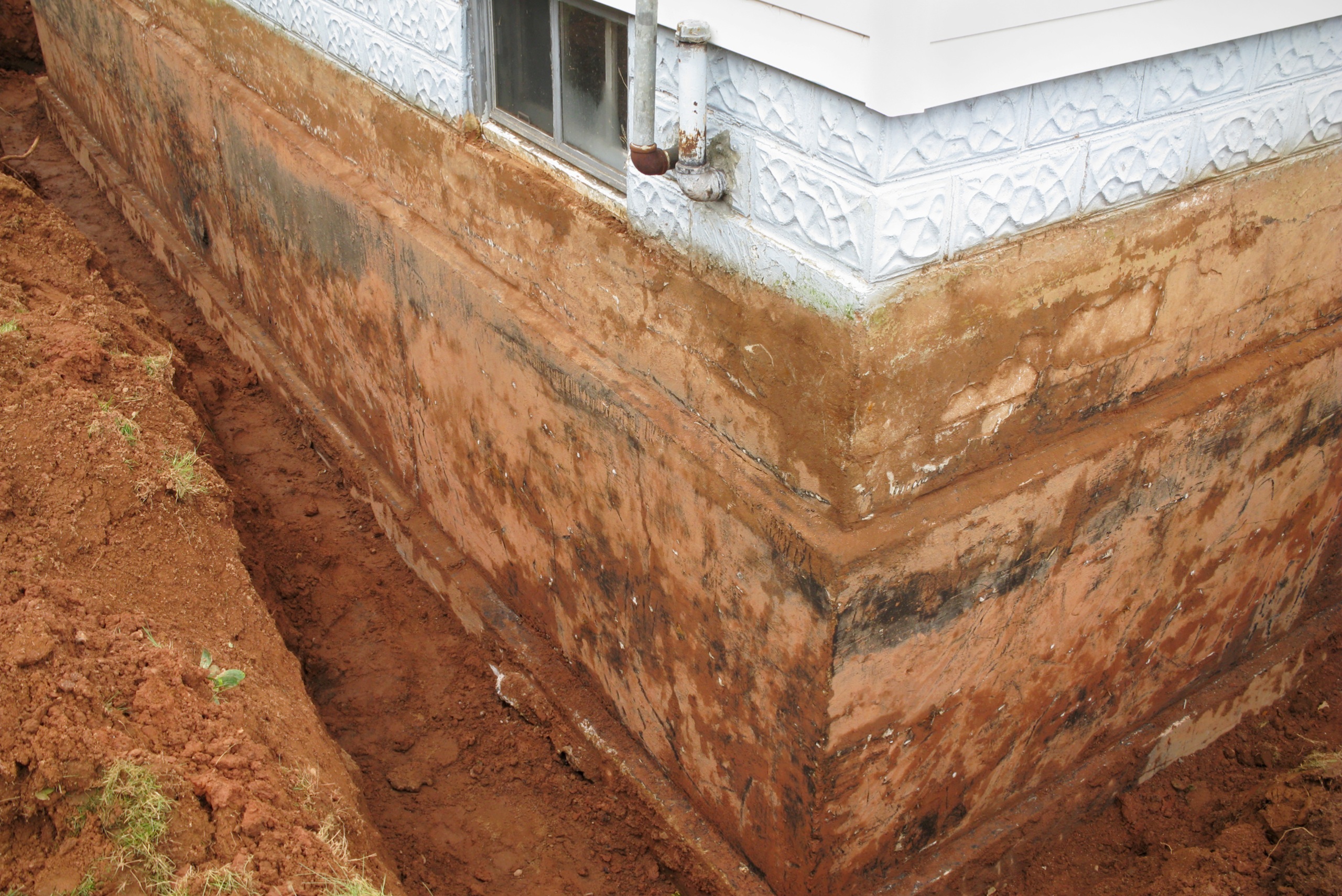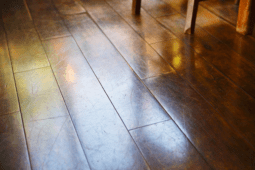Buying an Old House? Check for These Costly Repairs
Purchasing an older home can be a dream for many, offering unique charm, historical character, and often a more affordable price tag. However, the age of a home can come with significant challenges that might not be immediately obvious. Many older homes require costly repairs that can quickly add up, putting a dent in your renovation budget. Before moving forward with your purchase, it’s essential to be aware of the most common and expensive issues that older homes face. By doing so, you can make an informed decision and avoid unexpected costs.
1. Foundation Issues
One of the most crucial aspects of any home is its foundation. Over time, older homes may experience foundation problems due to settling, shifting soil, or poor initial construction. These issues can manifest as cracks in the walls, uneven floors, or doors and windows that no longer open or close properly. If foundation issues are not addressed early on, they can lead to serious structural problems, including bowing walls and sinking floors. Repairing or stabilizing a foundation can be extremely expensive, often costing thousands of dollars.
Before buying, it’s essential to hire a professional to inspect the foundation. A thorough inspection can help identify any existing problems or potential risks. In some cases, repairs may be minor, but if the foundation requires major work, the costs could add up quickly. Make sure to factor this potential expense into your overall budget when considering the purchase of an older home.

2. Electrical System Upgrades
Older homes often come with outdated electrical systems that may not meet modern safety standards or support today’s technology needs. The wiring in these homes might be outdated, sometimes consisting of materials like aluminum or knob-and-tube wiring, both of which are known to be hazardous. Additionally, many older homes lack the necessary outlets to accommodate modern appliances and electronics. If you need to upgrade the electrical system, this can be a costly undertaking.
Replacing old wiring, upgrading the fuse box to a circuit breaker, and installing additional outlets can cost tens of thousands of dollars. It’s essential to have a licensed electrician assess the home’s electrical system before making an offer. If repairs are necessary, you will want to factor the potential costs into your decision to ensure that the home remains a good investment.

3. Plumbing Problems
Plumbing issues are another common concern in older homes. Over time, pipes made from materials like galvanized steel, cast iron, or lead can corrode, crack, or clog, leading to leaks, poor water pressure, and even water damage. Replacing outdated pipes can be a complex and costly task, especially if the system is extensive or located in hard-to-reach areas like walls or beneath floors.
An experienced plumber can help assess the condition of the home’s plumbing and provide an estimate for any necessary repairs or replacements. If the plumbing is in poor condition, it’s best to address it early, as delays can lead to more serious problems, including water damage and mold growth, which can add significant costs to your renovation budget.

4. Roofing Issues
A roof is a significant expense to consider when purchasing an older home. Over time, roofs can deteriorate due to age, weather exposure, and lack of maintenance. Leaks, missing shingles, or sagging can all indicate that the roof needs repairs or even a complete replacement. If the roof is in poor condition, water damage to the home’s interior can occur, leading to additional repair costs.
Before buying, it’s essential to inspect the roof thoroughly, including the shingles, flashing, gutters, and ventilation. Depending on the condition, replacing a roof can cost several thousand dollars. If significant repairs are needed, it’s important to consider these expenses and weigh them against the overall value of the home before making a final decision.

5. HVAC System Replacements
Older homes often have outdated heating, ventilation, and air conditioning (HVAC) systems. These systems can be inefficient, leading to higher energy bills and inconsistent temperature control throughout the home. In some cases, the system may be completely outdated or even non-functional, requiring a full replacement.
Upgrading or replacing an HVAC system can be a significant financial investment. The costs depend on the size of the home and the type of system required, but in many cases, a new system can cost several thousand dollars. Before purchasing an older home, it’s important to have the HVAC system inspected to assess its condition. If repairs or replacements are necessary, you’ll want to budget accordingly to ensure the home remains comfortable and energy-efficient.

Related Articles
- 15 DIY-Friendly Home Repairs That Keep Your Wallet Happy
- Top Household Jobs Every Homeowner Should Know How to Do
- 5 Once-a-Year Home Jobs That Prevent Costly Repairs Down the Road
Buying an old home can be an exciting adventure, but it’s important to be aware of the potential repairs and their associated costs. Foundation issues, outdated electrical systems, plumbing problems, roof repairs, and HVAC replacements are just a few of the costly repairs that may arise. By carefully inspecting the home and budgeting for these repairs, you can make a more informed decision and avoid unexpected expenses down the line.









